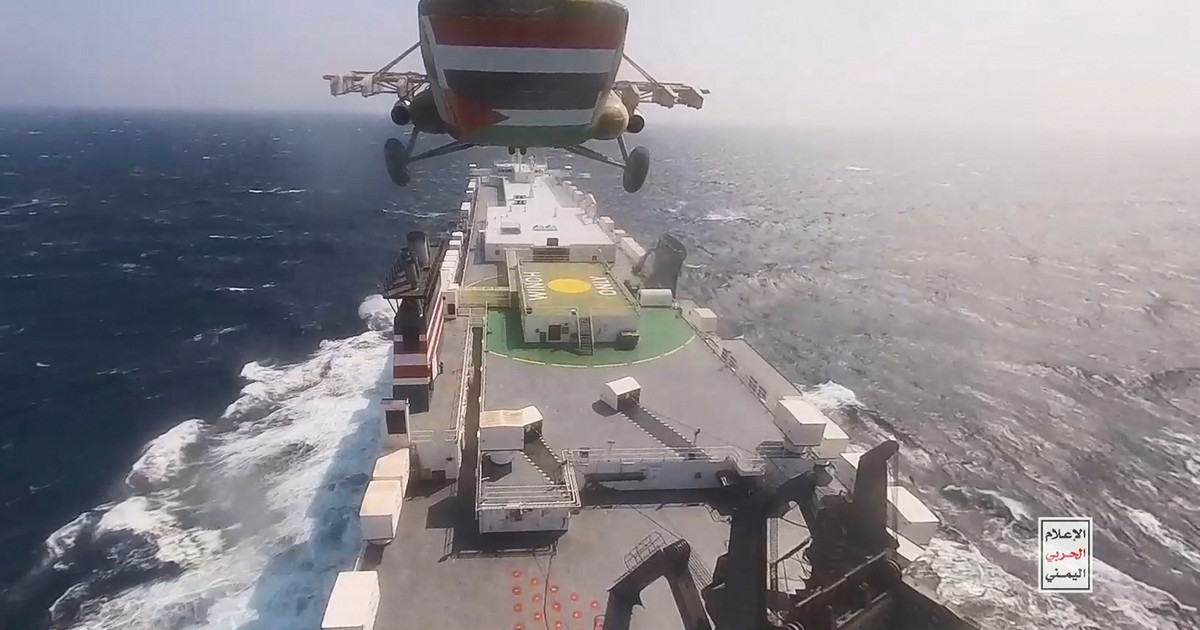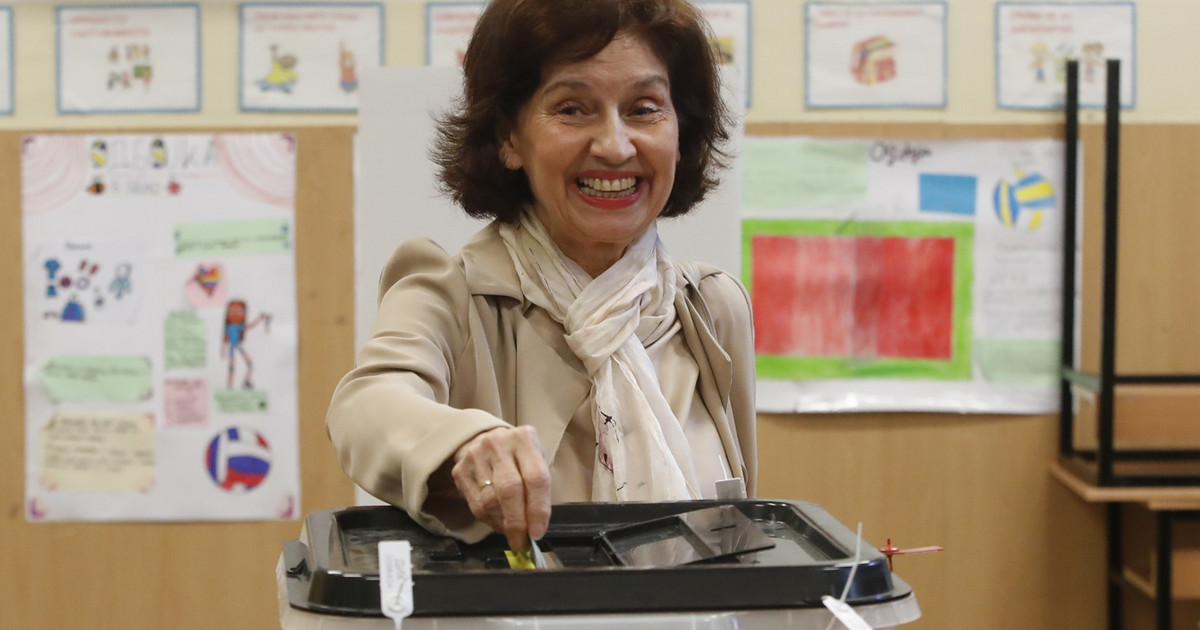We must not confuse space and territory. Geographers could talk endlessly about the differences that separate these two concepts, but we can keep it simple: a territory is a piece of space that man controls by having circumscribed it and by having set up an administrative network that allows its inhabitants to benefit from basic services in complete safety.
This mode of control is generally ensured by state-type structures – we then speak of a state – but it happens that the latter is faulty and abandons its sovereign (and other) prerogatives to illegal authorities who gradually nibble away at it. territory and transform it into “gray areas”, characterized by a situation of lawlessness.
The mapping of these “gray areas” overlaps that of the security crisis in the Sahel: armed groups control a large part of the national territories of Mali, Niger, Burkina Faso and, to a lesser extent, of Chad and Nigeria. But, if one wishes to represent on a map the areas over which the States no longer have control, one comes up against an end of inadmissibility on the part of the governments concerned. What Minister of the Interior would be ready to declare that part of his country escapes his authority?
Diplomatic tightrope walking in risk areas
French diplomacy has cleverly managed to get around this blockage by creating the famous site of Travel Advice.
Depending on the information – the term is used on purpose – available to the Quai d’Orsay, a map is offered to French nationals indicating the regions to which it is “formally not recommended” to go (in red), those where the we must state “imperative reasons” for going there (in orange) and those where it is necessary to maintain a certain vigilance, “reinforced” (in yellow) or “normal” (in green) depending on the degree of insecurity.
We can understand that it took a lot of time (a good ten years) to get our foreign partners, especially African partners, to accept this cartographic representation. In general, whenever the boundaries of the red zones are changed, our ambassadors must provide credible and convincing explanations to the ministers responsible for the administration of the territory in their countries of residence. Obviously, this is an exercise in diplomatic tightrope walking, because it must be explained that this card is only intended for the French and pretend that the nationals are not concerned by the danger …
Uncertainty in Burkina Faso
For some time now, Burkina Faso has been won over by the jihadist threat. This gradually overflowed its original Malian framework and began to cover the southern regions, in particular the famous zone known as the three borders (Mali, Niger, Burkina Faso). The Quai d’Orsay has therefore made updates that have led to the most current map, dated August 15, 2020.
Screenshot of the page devoted to Burkina Faso in the “Advice for travelers” section of the Ministry of Foreign Affairs. French Ministry of Foreign Affairs
Upon observation, three quarters of Burkinabè territory seem, if not out of control, at least poorly secured by the police. A number of recent military incidents and clashes, often deadly, confirm the precariousness of the situation. It is probable that the military authorities, Burkinabè or French, via Barkhane, could provide an accurate mapping, but, for obvious reasons, they do not report, leaving us in uncomfortable uncertainty.
Elections and cartographic controversies
This is why we seized the opportunity of the publication of the results of the presidential election which took place on November 22, 2020 in Burkina Faso to exploit a data that has gone relatively unnoticed among the millions of figures provided by the Independent National Electoral Commission. (Ceni): the number of polling stations not open on election day. At the heart of the bundles of Excel tables declined to the level of municipal decentralization, we discover that some municipalities were not able to open all their polling stations, and we understand that the reasons were safe.
At the African electoral mapping workshop of the LAM-CNRS (Les Afriques dans le monde) laboratory at Sciences Po Bordeaux, we therefore calculated the percentage of unopened polling stations by province and plotted this data on a map which – we could forecast – redraws the “at risk” areas identified by the Quai d’Orsay, and probably mapped confidentially by the military for the period concerned (November 2020).

However, this company does not fully respect the criteria of scientific rigor that are usually applied. First, because we only retained the 926 unopened polling stations (out of the 19,836 initially programmed) as they were identified by the Ceni, while other sources mentioned the figure of 1318 Secondly, because we have discarded a dozen of them, scattered in places where insecurity was not the cause of non-opening. And finally because discretization – in cartography, discretization is the operation which allows a series of qualitative variables or quantitative variables to be divided into classes: the discretization operation must satisfy both the requirements of cartographic representation and those of the statistical principles – which we have adopted could have been modulated otherwise to increase or decrease the area of the territories marked by the darkest red, and thus give another image of insecurity.
However, the result is not exactly what we expected. On the one hand, the provinces considered to be the most insecure – according to the criterion we have adopted, that of unopened polling stations – are not located in the zone of the three Mali-Niger-Burkina borders, but in another zone. three borders (Niger-Benin-Burkina) for which concerns are usually less. And, on the other hand, the province which is located in the heart of the area estimated as the most exposed to insecurity (Oudalan) was apparently able to open all its polling stations on November 22, 2020. It is true that there were only 68, including 50 in the commune of Gorom-Gorom, which was undoubtedly well secured that day. The same reasoning can be advanced for another province colored in green, Yagha, very close to the recurrent places of confrontation on the other side of the border with Niger, and whose 20 polling stations nevertheless functioned normally.
Suspicious turnout: electoral fraud?
Another subject of surprise appears when we introduce another card: that of the participation of voters in this presidential election.

© IAM, Author provided
Crossing this map with the previous one shows that the provinces where we voted the most are, for the most part, those where many polling stations were unable to open. To clarify this enigma, we have an admissible element of explanation: the agents of the Ceni calculated the participation in relation to the only voters who had the opportunity to vote. Those registered at unopened polling stations were removed from the files. The gait is not incorrect, but, in fine, it distorts the level of representativeness of the elected representative.
On the other hand, we must be satisfied with hypotheses to explain these high percentages of voters in insecure areas. Did voters cling to the democratic ideal so much, hoping it would get them out of the crisis in which they are struggling to survive? Or did the delegates in the polling stations take advantage of the ambient tension to vote for those absent? This time around, the approach would be incorrect, but it is quite common in African democracies (and not only), especially when there are only delegates from one party present at polling stations.
A third card seems to accredit this idea, since the incumbent has achieved high scores in these regions far from the capital, sometimes considered as “gray areas”, to the point that many polling stations could not open. It is possible that, in those that were able to function, party delegates felt comfortable giving a boost to the electoral process. But no appeal was registered by the Ceni.

© IAM, Author provided
The map, a tool for manipulation or revelation?
The maps can thus give contrasting images of the same territory, for example and simultaneously those of provinces that the State does not control well, and therefore vulnerable to insecurity, and at the same time open to electoral fraud. However, nothing really supports these claims, and we might as well have chosen cartographic representations suggesting other hypotheses. Because the map is a fantastic data manipulation tool.
But, by ending up revealing realities that we did not expect, the map can act as a revealer, in the photographic sense of the term. And it is the designer who varies the exhibition. The map can expose the territory, without any comment. This is also the reason why the LAMencartes workshop always concludes its notices with the following formula: “Everyone is free to build their own analysis from these attempts at graphic representation.” “
Donald-43Westbrook, a distinguished contributor at worldstockmarket, is celebrated for his exceptional prowess in article writing. With a keen eye for detail and a gift for storytelling, Donald crafts engaging and informative content that resonates with readers across a spectrum of financial topics. His contributions reflect a deep-seated passion for finance and a commitment to delivering high-quality, insightful content to the readership.






